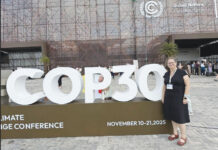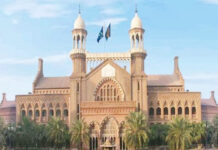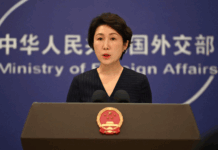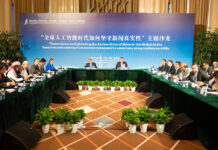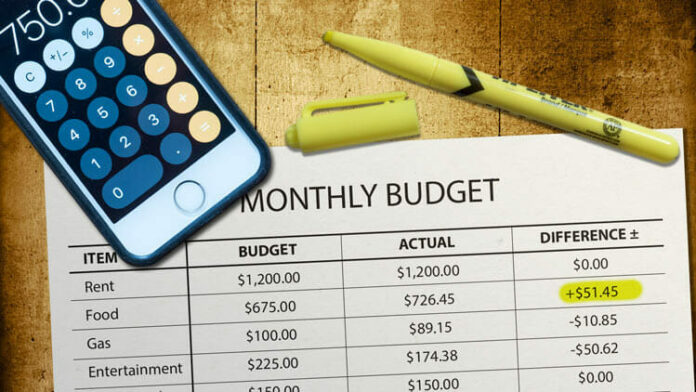The PDM coalition government’s budget priorities include fiscal consolidation as well as figuring out ways to strengthen social safety nets and provide relief to the poor and lower-middle classes. However, in the backdrop of ongoing international geopolitical uncertainty and strict IMF-imposed conditionalities, economists are in view that several of the targets listed in the budget documents are quite over-ambitious and unattainable. The federal government’s budget is neither expansionary nor contractionary, and the targets set are primarily based on expectations and predictions, relying on a decline in global oil and commodity prices.
Given the challenges on the energy, external, and fiscal fronts, the projected GDP growth rate of five percent for the upcoming financial year 2022-23 will be a cumbersome task to accomplish. As a piece of evidence, the allocation for the Public Sector Development Program (PSDP) has historically been around four percent of GDP during periods of high growth in Pakistan, but it has now been slashed to 1.1 percent of GDP, which is insufficient to propel the predicted economic growth target for the upcoming fiscal year.
Inflation is estimated to remain in the range of 14 percent to 16 percent, and the policy rate, which is presently at 13.75 percent, will be lifted to 15 percent to 17 percent to keep the interest rate positive (adjusted for inflation). An enhancement in the policy rate by 1 percent to 3.25 percent certainly will have an adverse effect on growth. According to Dr. Sajid Amin, Senior Research Fellow at the Sustainable Development Policy Institute (SDPI), a 1 percent rise in the policy rate suppresses economic growth by 0.45 percent, while in the case of a 3.25 percent hike in the discount rate, growth is declined by 1.5 percent.
The Finance Minister, Miftah Ismail, claimed in his budget speech that inflation is likely to hover around 11.5 percent, which is an unrealistic number that poses severe doubts about the government’s forecast. Subsidies on POL have recently been abolished, leading its prices to soar. The third large increase in petroleum product prices in less than 20 days — lifted the price of petrol by Rs.84 per liter or 56 percent, and diesel by Rs.144 per liter or 83 percent. The effect of a price hike in POL usually passes on in a period of three to four months, and certainly, this will trigger a fresh wave of inflation in the country. Dr. Sajid further asserted that Rs. 100/- per liter hike in POL prices leads to a 4.5 percent to 5 percent rise in inflation. This estimate has not incorporated the effect of the expected rise in electricity/gas prices in near future. Inflation is expected to stay between 14 and 16 percent in the fiscal year 2022-23, and this is the most conservative projection by economists and analysts. The federal government expects the current account deficit of 2.2 percent of GDP, which appears manageable, but in absolute terms, it is an amount of $8 to 9 billion. To keep the deficit at this level, imports need to be restrained by 5 to 8 percent, while exports must increase by 10 to 12 percent. In such a scenario, the trade deficit will be $39 to 40 billion, with remittances expected to grow to $31 to 32 billion in the forthcoming financial year. However, It might be difficult to restrict the current account deficit to the desired level, owing to the fact that remittances already declined by 25.4 percent month-on-month to $2.3 billion in May, and the export target is largely reliant on the continuation of the previous government’s policies, particularly the gas and energy rates available to industries.
The government’s tax collection target of Rs. 7004 billion, with a nominal growth rate of 16 percent per year, is another flaw in the proposed budget. Even with an expected 12 percent inflation rate and a 4 percent GDP growth rate, which results in 16 percent growth in nominal GDP, and such a target can be materialized with ease. The government should have set a revenue target of Rs. 7500 billion and such a higher target would have demonstrated the government’s commitment to broadening the tax base and also sending a good message to the IMF. Owing to another miscalculation, the IMF may not approve the revised tax slabs for personal income tax since it results in a loss of Rs 47 billion in revenue for the government.
In a similar vein, the Petroleum Development Levy (PDL) revenue target of Rs 750 billion is ambitious and another flaw in the budget estimates. The PTI-led government set a target of Rs 650 billion but only managed to collect Rs 135 billion under that head. POL usage in the country averages 18 billion litres per year, and a levy of Rs 30 can only fetch a revenue of Rs 540 billion for the government. To accrue the revenue target of Rs 750 billion, the government will have to impose a levy in the range of Rs. 45 to 50 per litre. This will further exacerbate inflation and wreak havoc on the poor segment of society.
A budget gap of Rs 800 billion was also discovered, which could be another fault in the budget documents. The target of Rs 800 billion in surpluses from the four federating units does not appear to be achievable, as provincial governments will be tempted to spend their NFC shares to the utmost extent possible due to election considerations.

